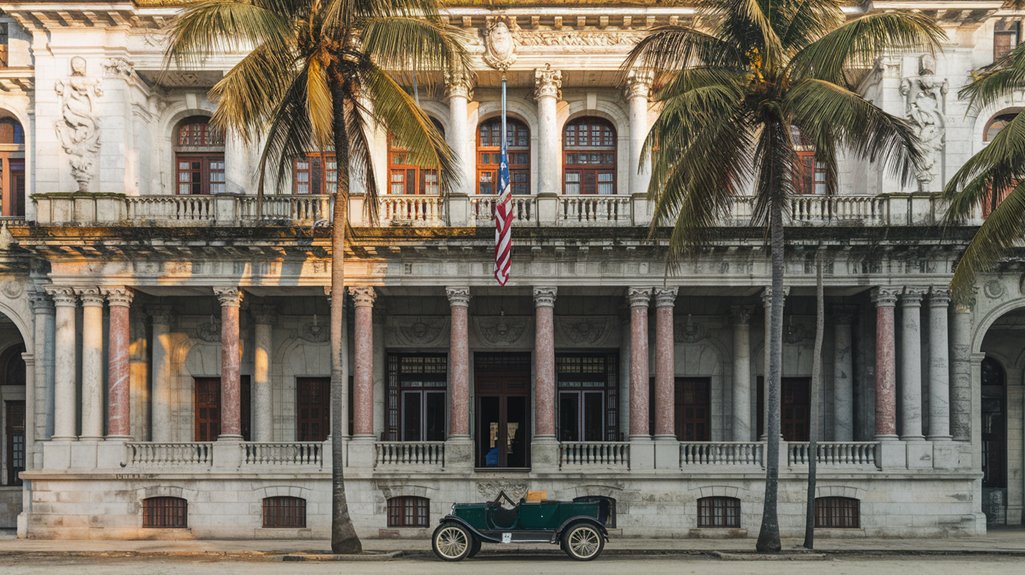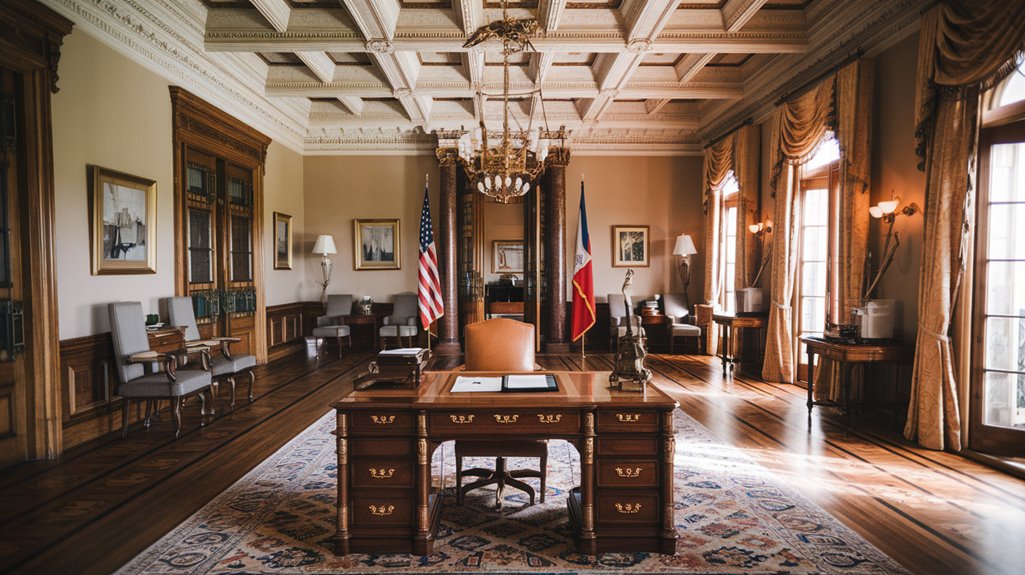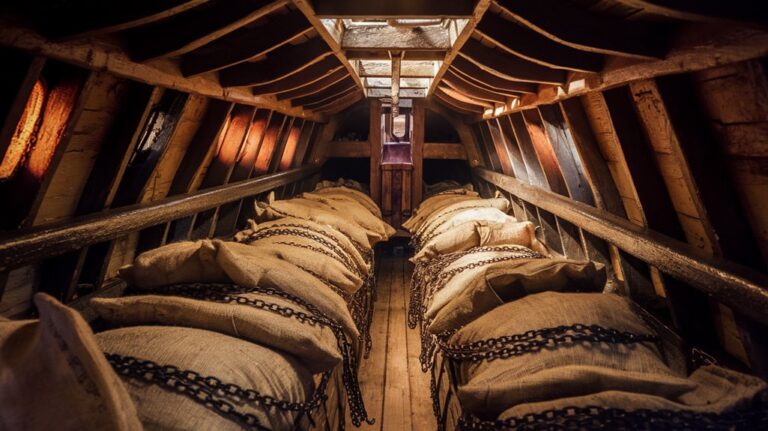William Howard Taft Governed Both Philippines and Cuba
Like a modern-day Roman proconsul, you'll find William Howard Taft's colonial leadership marked a unique chapter in American expansion. You might know him as the 27th president, but before his White House years, he shaped two vital territories that would test America's growing influence. His governance of both the Philippines and Cuba wasn't just about maintaining control—it's a story of how one man's diplomatic approach changed the way the U.S. managed its overseas interests.
Taft's Rise to Colonial Leadership
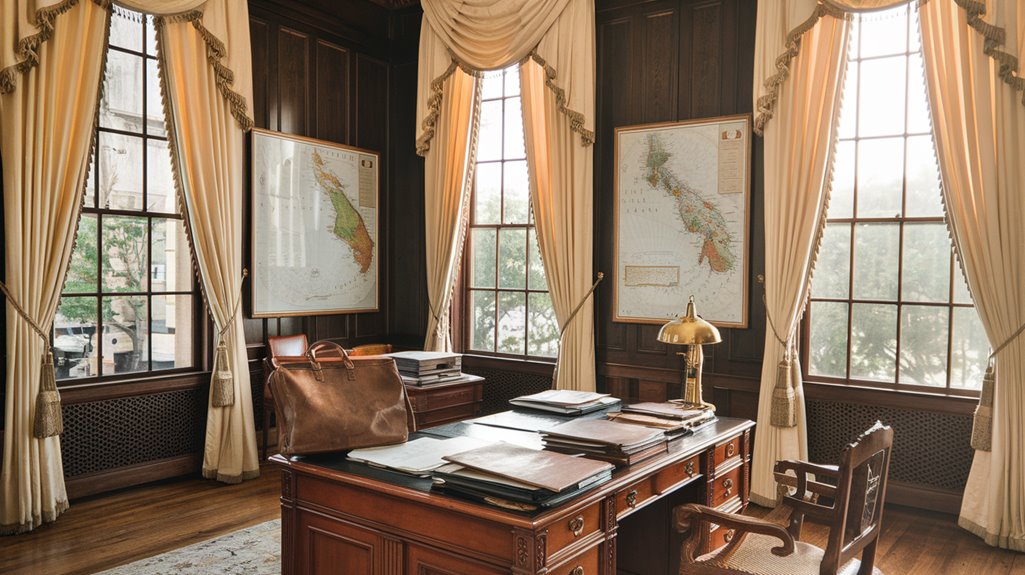
After graduating from Yale and establishing himself as a judge in his twenties, William Howard Taft commenced a pivotal career shift when President McKinley appointed him to lead the Philippine Commission in 1900.
You'll find that Taft's early career took a dramatic turn when he resigned from his judicial position, accepting McKinley's promise of a future Supreme Court appointment.
In April 1900, Taft sailed to the Philippines, where he'd oversee the changeover to U.S.-led civil government. His commission assumed executive power by September 1, 1900, marking the beginning of his colonial governance experience. The transition occurred during a critical period when anti-imperialist sentiment was dividing American public opinion about overseas expansion. His experience in colonial administration would later help shape his approach as the 27th president of the United States in 1909.
Managing the Philippine-American War
Three significant challenges faced Taft when he assumed control of the Philippine-American War in 1901: ongoing military resistance, civilian unrest, and the need to shift from military to civil rule.
You'll find that Taft's approach differed markedly from his predecessors, particularly General Otis, who'd relied heavily on aggressive military tactics and civilian internment to suppress resistance.
To address these challenges, Taft implemented a two-pronged strategy. He worked to establish civil governance while simultaneously offering resistance leaders political appointments in exchange for their support. As the governor-general of the Philippines, he served until December 1903, laying the groundwork for civilian rule.
Through the Taft Commission, he initiated infrastructure projects, building schools, hospitals, and transportation networks to win local support. This shift from purely military operations to civil administration proved essential in reducing tensions, though resistance continued in some areas until 1913. His implementation of a policy of attraction helped gain trust from local populations while promoting American interests in the region.
Establishing Civil Governance in the Philippines
When Taft became civil governor in 1901, he launched an ambitious overhaul of the Philippines' governance structure. He established a civil service system and judicial system to manage the islands efficiently, while building English-language schools, transportation networks, and healthcare facilities. Having graduated second in class at Yale prepared him well for such complex administrative duties.
You'll find that Taft's governance faced significant challenges, particularly conflicts with military governor Arthur MacArthur and nationalist rebels led by Emilio Aguinaldo.
Despite implementing his "Philippines for the Filipinos" policy, he didn't support immediate independence, believing Filipinos weren't ready for self-governance. Instead, he focused on gradual reforms, including negotiating with the Vatican to purchase church property for Filipino peasants. President Theodore Roosevelt later appointed him as Secretary of War in recognition of his effective colonial administration.
Through low-cost mortgages, he distributed 390,000 acres of this land, aiming to bring material benefits while maintaining American control over the islands.
The Brief but Crucial Cuban Assignment
While Taft was implementing reforms in the Philippines, another challenge emerged in America's sphere of influence. When Cuba's President Tomás Estrada Palma requested U.S. intervention amid election fraud and factional conflict in 1906, Taft stepped in as Provisional Governor.
You'll find that his Cuban assignment, though brief, carried significant weight. Under the Cuban-American Treaty of 1903, Taft arrived on September 29 with a small American force. His primary mission was to restore Cuban stability while assuring locals that the U.S. wasn't seeking permanent occupation.
During his two-week tenure, he worked to calm political tensions and establish a framework for peace. His approach emphasized just and mutual relations with Cuba to build lasting friendship. After Charles Edward Magoon took over, Taft's short but vital assignment proved instrumental in temporarily stabilizing Cuba's volatile political landscape. As Secretary of State Knox later helped shape his foreign policy decisions, Taft maintained his commitment to diplomatic solutions in Latin America.
Lasting Impact on American Colonial Policy
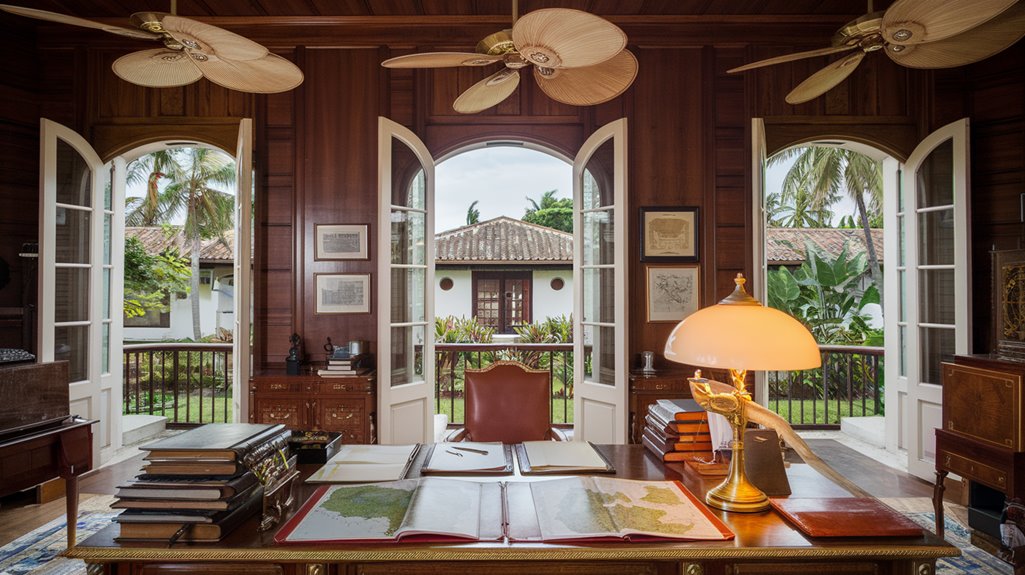
Taft's colonial policies fundamentally reshaped America's approach to territorial governance and international relations. His strategy combined economic coercion through "Dollar Diplomacy" with cultural assimilation efforts that would influence U.S. foreign policy for decades to come.
You'll find his impact most visible in the institutional reforms he implemented, particularly in the Philippines. He established the Philippine Assembly, reformed education, and promoted Filipino participation in government while maintaining U.S. control. His administration demonstrated that the U.S. was not an exception among colonizers, fitting into the broader pattern of global imperialism.
Through the "Policy of Attraction," he aimed to win support through social integration and improved living conditions. His use of economic power over military force became a hallmark of his diplomatic approach.
However, you can also see the contradictions in his approach. While advocating for benevolent governance, he supported the suppression of independence movements and pushed for permanent imperial ties, setting precedents for future American interventions abroad.

